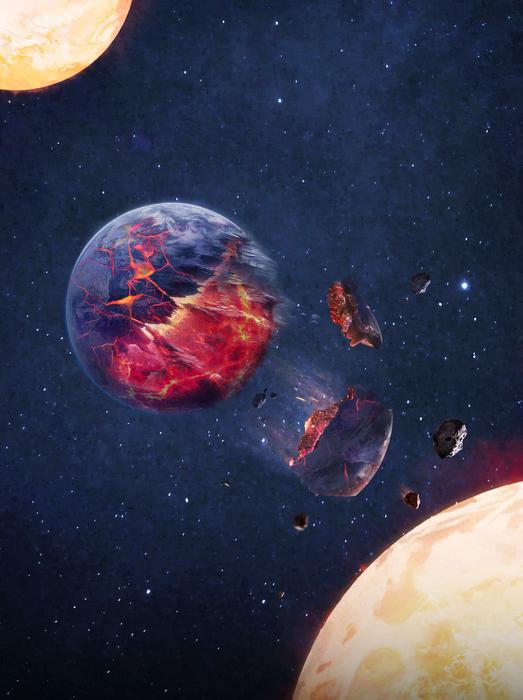Twin stars unveil planet-consuming behaviors – Dailynewsegypt


A recent study published in Nature reveals that approximately one in twelve stars may have consumed planetary material. This intriguing discovery was made by an international team of researchers who examined twin stars—stars that are expected to have identical compositions. However, they found that around 8% of these stellar twins exhibited compositional differences, a finding that has puzzled astronomers.
The research, spearheaded by scientists from ASTRO 3D, suggests that these differences arise when one star in a pair ingests planets or their remnants.
This insight was enabled by a substantial dataset gathered using the 6.5-meter Magellan Telescope and the European Southern Observatory’s Very Large Telescope in Chile, as well as the 10-meter Keck Telescope in Hawaii, USA.
“Twin stars, which orbit each other, originate from the same molecular clouds, implying they should share the same makeup,” explains Fan Liu, an ASTRO 3D researcher from Monash University and the paper’s lead author.
“Our high-precision analysis revealed chemical discrepancies between the twins, strongly indicating that one star has absorbed planets or planetary debris, altering its composition,” Liu adds.
This phenomenon was observed in roughly 8% of the 91 twin-star pairs analyzed. Notably, the stars examined are in the prime of their life—main sequence stars—as opposed to aging stars like red giants.
Liu notes, “This contrasts with previous studies focused on aging stars, which can consume nearby planets as they expand into a giant state. While there’s some uncertainty about whether the stars are ingesting entire planets or just protoplanetary material, we lean towards the former scenario, though we cannot dismiss the latter.”
The study’s findings have significant implications for understanding the long-term evolution of planetary systems.
“Before our observations, such events were thought to be improbable. Yet, our data indicates that, albeit infrequent, they are indeed feasible, offering a new perspective for theorists studying planetary evolution,” remarks Yuan-Sen Ting, a co-author and fellow ASTRO 3D researcher at the Australian National University (ANU).
The research is part of the broader Complete Census of Co-moving Pairs of Objects (C3PO) project, an initiative to spectroscopically examine all bright co-moving stars identified by the Gaia astrometric satellite. The project is co-led by Liu, Ting, and David Yong, an associate professor also affiliated with ASTRO 3D at ANU.
“The results we’ve presented here are integral to understanding the Chemical Evolution of the Universe, a primary research focus of ASTRO 3D. They illuminate the distribution and journey of chemical elements, including their consumption by stars,” concludes Emma Ryan-Weber, ASTRO 3D’s Director.






